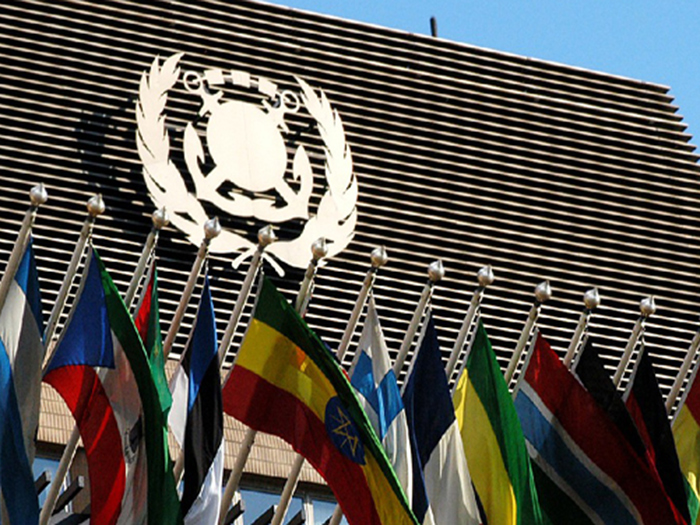
IMO panel agreement on CO2 reduction gets mixed reviews
Written by Nick Blenkey
Image: IMO
An International Maritime Organization working group that met virtually last week has produced a proposed package of additional CO2 reduction measures for the existing global shipping fleet.
The draft text will now be forwarded to the IMO’s Marine Environment Protection Committee (MEPC), scheduled for November 16-20, where its recommendations are expected to be adopted.
While the agreement has has been welcomed by industry groups. such as the International Chamber of Shipping (ICS), they have been slammed by environmentalists and that could intensify pressures for unilateral action in places such as the European Parilament.
According to the ICS, the agreement includes legally binding measures to ensure a 40% reduction of carbon intensity across the global fleet by 2030, compared to 2008, and is a key stepping stone in achieving 100% decarbonization as soon as possible after 2050.
ICS says that, importantly, the agreement includes a mandatory A-E rating system that will greatly incentivize shipowners to improve their carbon efficiency – ships’ charterers being far more likely to offer business and pay a premium for highly rated ships, while ships with a D or E rating will face serious negative consequences unless they improve their performance.
The IMO agreement follows publication, in August 2020, of the 4th GHG study which shows that carbon intensity of international shipping improved by about 30% between 2008 and 2018. Total GHG emissions from shipping in 2018 dropped by 7% compared to 2008, despite a 40% growth in maritime trade over the same period.
The ICS says the new agreement “demonstrates the ability of IMO, as the industry’s global regulator, to achieve binding targets to reduce ship emissions in line with the Paris Agreement.”
According to the ICS, the new IMO agreement provides a global regulatory framework for a suite of technical and operational CO2 reduction measures supported by a system of global enforcement via amendments to Annex VI of the MARPOL Convention:
- The Energy Efficiency Existing Ship Index (EEXI), a goal-based technical measure similar to the Energy Efficiency Design Index (EEDI) which has been mandatory for new ships since 2013.
- The “Super SEEMP” concept, originally proposed by ICS in 2019, whereby use of the already mandatory Ship Energy Efficiency Management Plan will be subject to rigorous external audit and statutory certification. Similar to the philosophy of the International Code for the Safe Management of Ships and Pollution Prevention (ISM Code) – which has been mandatory throughout the industry for the past 20 years – ships will be required to demonstrate that everything possible has been done, as set out in the SEEMP, to improve operational fuel efficiency.
- Agreement to develop Carbon Intensity Indicators (CIIs) for the different types and sizes of ship, as a complement to the EEXI and the “Super SEEMP,” using an A-E rating system of operational efficiency that will be applied to existing ships from 2023.
ONLY COSMETIC CHANGES?
However, influential European environmental group Transport & Environment and several other environmental advocates sees things somewhat differently. .
“Governments have ridden roughshod over the Paris Agreement by agreeing a measure that can only deliver cosmetic changes that will see ship emissions grow for decades to come,” said Faig Abbasov, shipping program director at Transport & Environment, adding that, “EU countries should work through the European Green Deal to fill the gap left by the IMO.”
According to Transport & Environment, the agreement “waters down the already weak compromise proposal that the meeting started with” in three important ways:
- No carbon intensity target, and a weakened Energy Efficiency of Existing Ships Index (EEXI): The proposal still contains no carbon intensity target, and somehow, reduces the stringency of the required EEXI for many ship types. (The EEXI requires ships to reduce their engine power to make them more efficient.) This means the proposal would, at best, now curb GHG by only 0.65% to 1.3% by 2030 compared to business as usual pathway without IMO regulation. Business-as-usual pathway is +15% above the industry’s 2008 baseline.
- Loopholes: non-compliant ships will be able to continue underperforming for three consecutive years before they even have to file a plan to make improvements, and can easily game underperformance indefinitely by ensuring one compliant year every three years.
- No actual enforcement: All clauses that would create consequences for non-compliance – such as increased EEXI stringency or ultimately revoking a ship’s statement of compliance – have been removed.
You can read the IMO briefing on the outcome of last week’s meeting HERE




